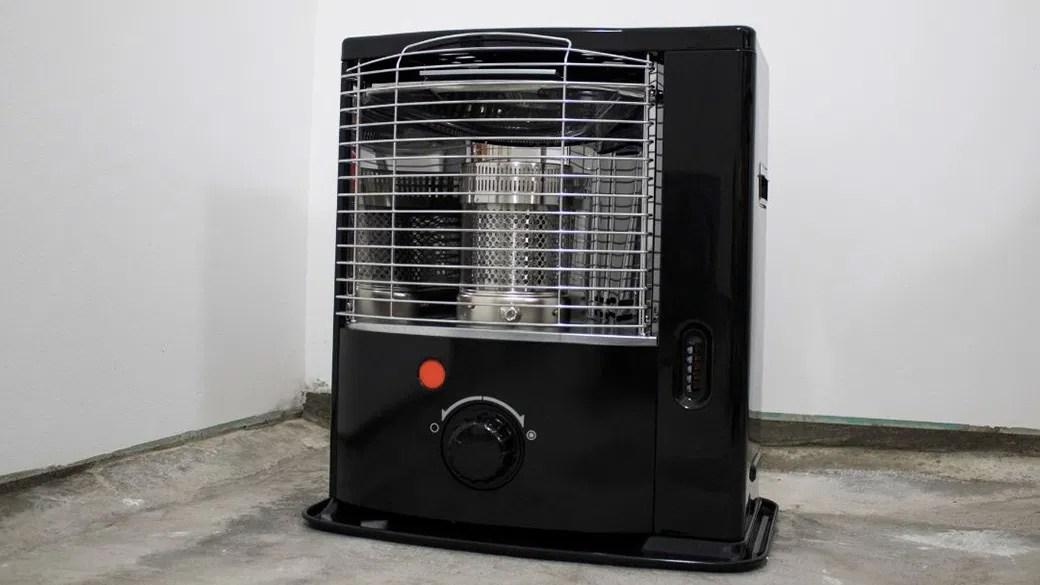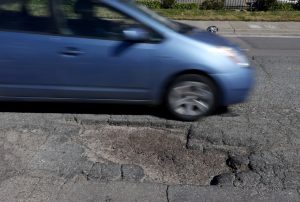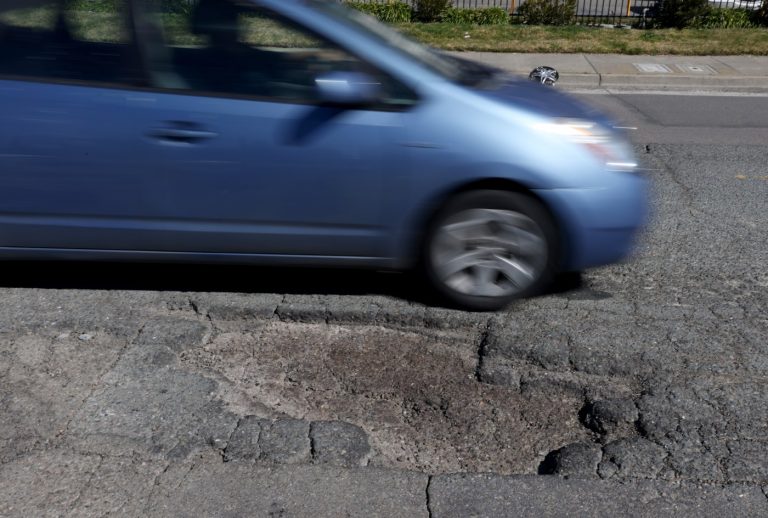Which kerosene heater is best?
There are many options for heating small spaces, from electric heaters to propane and gas-powered equipment. Kerosene heaters are another heating source, generally safer and more economical than gas heaters. And they start easily.
Kerosene heaters are perfect for garages, workshops, barns, campers or work sites. They also are excellent emergency heaters should your main source of power go out. They come with different levels of power, features and safety options. For its long run time and easy transportation, the best kerosene heater is the Mr. Heater 125,000-Btu Forced-Air Kerosene Heater.
What to know before you buy a kerosene heater
What are the types of kerosene?
Kerosene is labeled as K-1 or K-2:
K-1 is the purest form of kerosene because it has a low sulfur content, burning cleaner and therefore does not require an exhaust flue. It is the kerosene most commonly used in space heaters.
K-2 has a higher sulfur content and requires a flue to remove the exhaust to the outside.
Even though K-1 has a lighter color than K-2, always check the label to ensure you are getting the right kind before purchasing.
What is the heating output?
Kerosene heaters measure heating output in British thermal units, which are more commonly known as Btu. The more Btu generated, the larger the area that can be heated. Heaters with higher Btu output also consume more fuel. Look for a heater that meets both your space requirements and your fuel budget.
How large is the fuel tank?
The size of your fuel tank, along with the Btu output, determines how long your heater will run without a refill. Most kerosene heaters will run for 8 to 14 hours. Make sure you know your heater’s run time before purchasing. Many kerosene heaters come with a fuel gauge to alert you when it’s time for a refill. You should only refill the heater outdoors when it has cooled down.
Keep in mind that kerosene expands as it heats up. To allow for that expansion, only fill your fuel tank to 90% of capacity.
What to look for in a quality kerosene heater
Material
Rust-resistant steel is the best material for the heater housing. It stands up to the elements and the inevitable wear and tear heaters take in being moved around to different project sites. Steel heaters can be heavy and difficult to move, but they are extremely durable. A steel safety cage on larger heaters protects children and pets from reaching the heating element.
Adjustable thermostat
Some kerosene heaters have a built-in thermostat that can be adjusted to your preferred temperature. This can save fuel and its costs in the long run. It also can ensure that a confined space doesn’t become too hot or cold.
Safety switches
Safety features are important with kerosene heaters. An overheat switch disengages the motor when the heater becomes too hot. A tip-over switch also stops the motor if the heater is knocked over.
Wheels
Kerosene heaters vary in weight from 30 to over 100 pounds. Heavier heaters can be difficult to transport. Look for models with wheels that allow for easy moving. Extra-wide tires make transportation even easier and can be found with heavier heaters.
How much you can expect to spend on a kerosene heater
Kerosene heaters are priced between $100-$600, with most $200-$300. The higher-end ones have higher Btu output, wheels and temperature control.
Kerosene heater FAQ
Can gasoline be used in a kerosene heater?
A. You should never use gasoline in a kerosene heater because it will explode. Gasoline and kerosene are both flammable fuels that should be used carefully, but kerosene will not explode.
Use only kerosene or other designated fuels, such as diesel or jet fuel, in your kerosene heater. Review the manufacturer’s guidelines for further instructions.
Should I purchase a carbon monoxide monitor?
A. Although kerosene heaters are efficient at burning fuel to generate heat, they can produce and emit low levels of carbon monoxide. If you plan to use your kerosene heater frequently or indoors, a carbon monoxide detector can provide extra protection if carbon monoxide levels reach dangerous levels.
What’s the best kerosene heater to buy?
Top kerosene heater
Mr. Heater 125,000-Btu Forced-Air Kerosene Heater
What you need to know: This heater is easily transported on oversized tires and quickly heats up to 3,000 square feet.
What you’ll love: With 125,000 Btu of power, it will generate heat for up to 15 hours on an 8.5-gallon fuel tank. It comes with an adjustable thermostat, automatic shutoff and a one-year limited warranty.
What you should consider: It’s noisy and requires electricity.
Top kerosene heater for the money
Dura Heat Kerosene Convection Tower Heater
What you need to know: This affordable heater can keep a large space warm while also being energy-efficient.
What you’ll love: It can warm up a room in all directions, so it’s great for putting in the middle of a room. The fuel gauge makes it easy to tell when you need to refill it. It also requires no electricity, so you can use it during a power outage.
What you should consider: The controls are a bit complicated to use.
Worth checking out
What you need to know: With 75,000 Btu of power, this heater is ideal for home or commercial projects up to 1,750 square feet.
What you’ll love: It runs up to 11 hours on a 6-gallon fuel tank. It has a built-in thermostat for monitoring the temperature and is factory tested for working in freezing temperatures outside.
What you should consider: Some users found it noisy.
Prices listed reflect time and date of publication and are subject to change.
Check out our Daily Deals for the best products at the best prices and sign up here to receive the BestReviews weekly newsletter full of shopping inspo and sales.
BestReviews spends thousands of hours researching, analyzing and testing products to recommend the best picks for most consumers. BestReviews and its newspaper partners may earn a commission if you purchase a product through one of our links.












